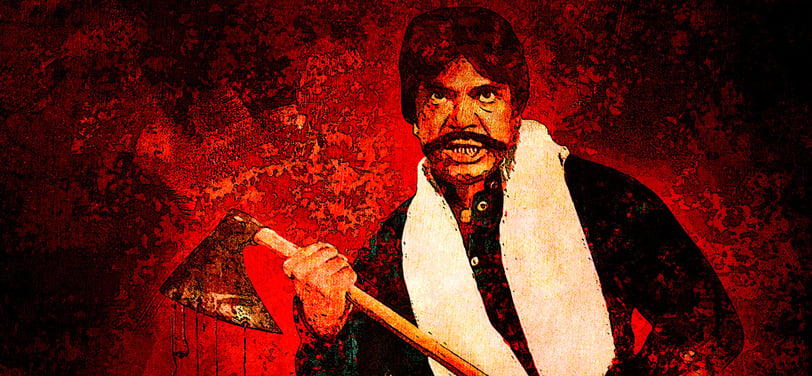The art to kill creativity
People around us prove their authoritative ability through their criticism, subtle comments and gestures that they have mastered the art and have the highest ranked license to kill creativity


The mastery to crush creativity
Babur Saghir
We live in an environment where there is a built-in natural art for crushing creativity runs deep in the bloodline of our people. They think they know more about art and creativity than the creative persons who create something. They prove their authoritative ability through their criticism, subtle comments and gestures that they have mastered the art and have the highest ranked license to kill creativity. Our innovation is easily eliminated by these maestros in this art. This societal attitude in result restrict innovation, artistic expression and new ideas. This is a vivid picture of a stifling environment where creativity is not only underappreciated but actively suppressed by a culture that values critique over creation. The idea that some people wield criticism like a weapon to assert their intellectual dominance, rather than offering constructive feedback, resonates deeply. It highlights how a critical, perfectionist mindset—focused on tearing down rather than nurturing—can suffocate new ideas and discourage innovation.
They think that they can outshine all others by being smart enough to find something in the creative idea and just criticize – it is as simple as that. They always make sure that if they are able to find some of the weaknesses and flaws in the given idea then they will look the smartest of the lot. Even if they can’t find something to criticize in the idea then also they follow the same rule – just criticize even if it has to be the font used or a spelling mistake or the number of options or the time it was shared at or the colour the creative person used etc. etc. They will get better with this trick with experience so they keep working on it and never miss a chance. This trick works best when new ideas are presented – it helps discourage creative persons and clearly gives the message that ideas, which are new or bold, or both are not welcome and are considered a waste of time. In this culture, it seems creativity is seen as a threat rather than an asset, and those who wish to maintain control do so by undermining the confidence of creators. This not only stifles individual expression but also contributes to a larger, systemic stagnation where the fear of critique inhibits risk-taking, experimentation, and growth. The obsession with appearing smart or authoritative by always finding fault becomes a cycle that perpetuates mediocrity and drains the energy and passion from those who dare to bring new ideas to the table.
They think that the best work comes by making creative persons work late, long hours and ideally overnight. The description of long hours and tight deadlines as a tool for control and exhaustion is striking. It reflects a misunderstanding of how creativity works—forcing people to work under pressure and sleep deprivation doesn't breed innovation; it often leads to burnout. The creative process thrives in environments where ideas can be explored freely, iterated on, and given time to develop.
In essence, that’s not just about crushing creativity but about enforcing conformity and control. It's a reminder that fostering a supportive, open, and flexible atmosphere is essential for genuine innovation to flourish.

